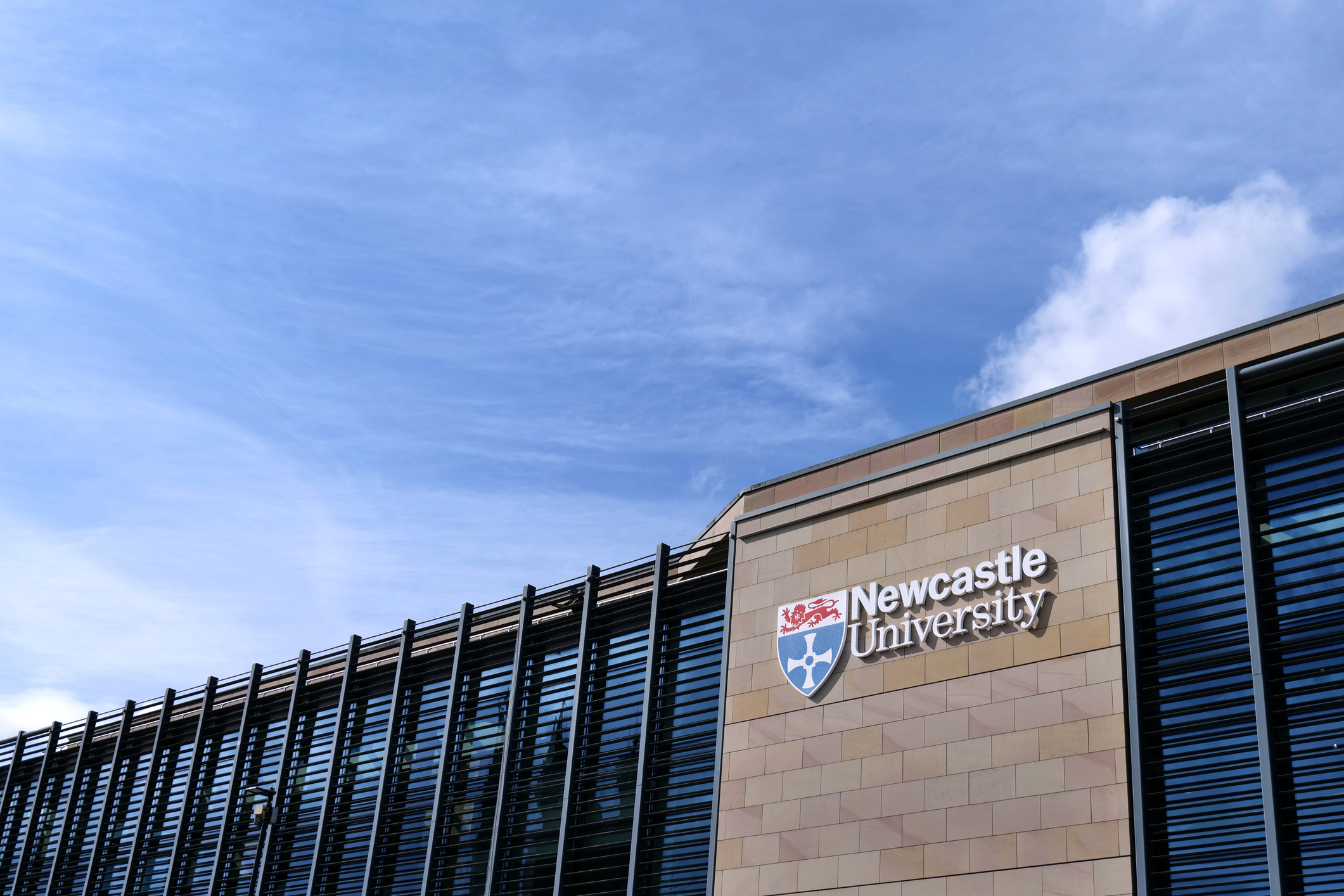- This HEPI guest blog was kindly authored by John Goddard OBE, Emeritus Professor of Regional Development Studies at Newcastle University.
In a HEPI note prompted by a Centre for Skills, Knowledge and Organisational Performance (SKOPE) conference, Nick Hillman asked: Should the seminal Robbins report inform the forthcoming post-16 strategy? He referenced the point made by Professor Robson of SKOPE about the need ‘to encourage place-based approaches … and replace competition with coordination.’ As Nick points out, the challenge of place and coordination are not new, but as I will argue, these are not being confronted by policymakers right now.
The Robbins’ report led to new universities being established. But these were in county towns and as we observe in our volume on The University and the City, overlook the growing urban crisis of that period. The Education Reform Act of 1988 severed the link between polytechnics and local government. The Further and Higher Education Act 1992, which allowed polytechnics to apply for university status, had the Government’s desired impact of reducing the unit cost of higher education and moving the UK instantly up the OECD rankings in terms of participation in higher education. But it also signalled a further disconnection with cities. The creation of new universities in the 1970s to meet a 50% participation rate was also unplanned in geographical terms. So, unlike many countries, the UK has not had a plan for the geography of higher let alone further education.
Indeed, UK higher education policy and practice has ignored the lessons of history as well as being geographically blind. It has not been sensitive to the different local contexts where universities operate and the evolution of these institutions and places through time.
It is important to remember that locally endowed proto-universities like Newcastle, Sheffield and Birmingham supported late 19th-century urban industrialisation and the health of the workforce. They also played a role in building local soft infrastructure, including facilitating discourse around the role of science and the arts in business and society. This was also a time in which new municipal government structures were being formed. In short, universities helped build the local state and create what the British Academy now calls social and cultural infrastructure, in which universities play a key role
These founding principles became embedded in the DNA of some institutions. For example, in 1943, the Earl Grey Memorial lecturer in King’s College Newcastle noted,
Ideal Universities… should be an organic part of regional existence in its public aspects, and a pervading influence in its private life. …Universities to be thus integrated in the community, must be sensitive to what is going on in the realm of business and industry, of practical local affairs, of social adaptation and development, as well as in the realm of speculative thought and abstract research.
In the later 20th century, most so-called redbrick universities turned their back on place as the central state took on direct funding of higher education and research and did not prioritise the local role of universities. But this was challenged by the Royal Commission on the Future of Higher Education in 1997, chaired by Lord Dearing. He noted that: ‘As part of the compact we envisage between HE and society, each institution should be clear about its mission in relation to local communities and regions.’ For him, this ‘compact’ was wide-ranging, had a strong local dimension and was one where the university’s contribution to ‘the economy’ could not be separated from the wider society in which it was embedded.
Many of Dearing’s ideas were subsequently incorporated into the work of Regional Development Agencies (RDAs) that were established in 1989 to promote economic development and regeneration, improve business competitiveness, and reduce regional disparities. This included investment, (matched by European regional funds ) into university-related research and cultural facilities. These capital and recurrent investments contributed to ‘place making’ and university links with business and the arts. For example, the former Newcastle brewery site was purchased by Newcastle University, Newcastle City Council and RDA, which they named ‘Science Central’. The partnership was incorporated as Newcastle Science City Ltd., a company limited by guarantee with its own CEO and independent board. The organisation’s portfolio included:
Support for business, facilitating the creation of new enterprises drawing on the scientific capabilities of the region’s universities and work with local schools and communities, particularly focussed on promoting science education in deprived areas.
The initiatives recognised the role that universities could play in their places by building ‘quadruple helix partnerships’ between universities, business, local and central government and the community and voluntary sectors.
But from 2008, with the onset of public austerity, a focus on national competitiveness and a rolling back of the boundaries of the state, we saw the abolition of the RDAs in 2012, the creation of Local Enterprise Partnerships with more limited powers and resources and a cutting back on non-statutory local government activities, notably for economic development. My 2009 NESTA provocation Reinventing the Civic University was a reminder that universities had to go back to their roots and challenge broader geo-political trends, including globalisation and the creation of university research excellence hierarchies that mirrored city hierarchies.
Marketisation was subsequently embedded into law in the 2017 Higher Education Act. This abolished the Higher Education Funding Council for England and its network of regional consultants working with formal university associations. The act unleashed competition regulated via the Office for Students (OfS) and supported by an enhanced discipline-based research excellence funding scheme. Both were place blind. Some of us raised the possibility of the financial collapse of universities in less prosperous places where they were so-called ‘anchor institutions’
It was a recognition of this place blindness that contributed to the case for the establishment of the Civic University Commission, chaired by the late Lord Kerslake. The Commission argued that the public – nationally and locally – needed to understand better the specific benefits that universities can bring in response to the question: ‘We have a university here, but what is it doing for us? Institutions that were ultimately publicly funded needed to be locally accountable given our place-based system of governance – parliamentary constituencies and local authorities.
For the Commission, accountability meant something different from a top-down compliance regime. Rather, sensitive and voluntary commitments made between a diverse set of actors to one another, whose collective powers and resources could impact local economic and social deficiencies
The Commission therefore proposed that universities wishing to play a civic role should prepare Civic University Agreements, co-created and signed by other key partners and embracing local accountability. Strategic analysis to shape agreements should lead to a financial plan that brings together locally the many top-down and geographically blind funding streams that universities receive from across Whitehall – for quality research, for health and wellbeing, for business support, for higher-level skills and for culture.
Some of these national funds now need to be ring-fenced to help universities work with partners to meet local needs and opportunities, including building capacity for collaborative working within an area. As the Secretary of State for Education has suggested in her letter to VCs, this might include a slice of core formulaic Quality Research (QR) funding. Such processes would be preferable to the ad-hoc interventions that have hitherto failed to establish long-term trust between universities and the community. At the same time, a place dimension could be included in the regulation of the domestic student marketplace. This could all form part of a compact or contract between universities and the state which enshrined a responsibility to serve the local public good.
Going forward, I would argue that the coincidence of multiple crises across the world has far-reaching implications that universities cannot ignore. Indeed, if they do not step up to the plate and assert their civic role as anchor institutions in their places, their very existence may be at stake. The issues are well set out in this Learning Planet Institute Manifesto for the Planetary Mission of the University.
Reading this Manifesto should help policy makers and institutional leaders in the UK recognise that the current financial crisis facing universities is an outward and visible sign of deeper threats, not least those arising from popularism and being fanned by Donald Trump. And popularism has its roots in the experience of people in left behind places.
Therefore, Government support for the role of universities in their communities is not only beneficial to them but also to society at large. To respect institutional autonomy, this requires the right incentives (sticks and carrots). For example, universities throughout England could be required to support the Government’s plans for devolution as part of the compact I suggest. Questions to be answered by the Departments for Education; for Housing, Communities and Local Government and for Science, Innovation and Technology working TOGETHER could include:
- What structures need to be put in place inside and outside of universities to facilitate joint working between universities and Mayoral Combined Authorities (MCAs)?
- How should universities be included in upcoming Devolution Deals?
- How might these differ between MCAs at different stages of development and different levels of prosperity?
- How should universities link their work with business, with the community and the priorities of MCAs for inclusive growth and with the Industrial Strategy White paper?
- How should Combined Authorities work with different universities and colleges in their area to meet skills gaps?
- How can areas without MCAs work with universities to deliver equivalent outcomes?
In summary, universities must recognise that they are part of the problem identified by populism, but can contribute to solutions through purposive local actions supported by the government.










